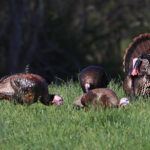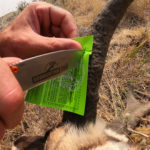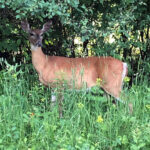The finest days of the deer season are here. And while countless hunters take their vacation time to hunt in mid-November, or later, they are likely missing out on what could truly be the best chance to kill a buck all year.
The last days of October and first week of November are a special time in the whitetail woods. Everything changes during these days. Those slow days with minimal activity have turned into lively encounters with bucks on the prowl. Bucks are beginning to make their move. They are searching and seeking. Here’s a look at how to kill a buck during the seeking phase of the rut.
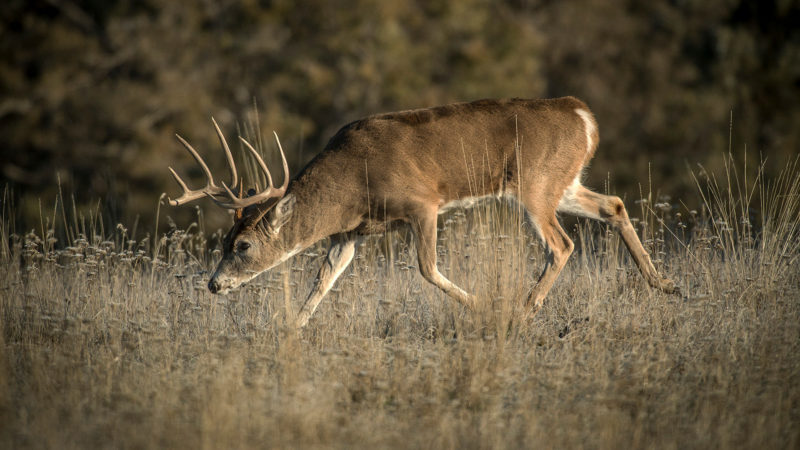
Find the Freshest Sign
The ability to stay mobile is a huge advantage for the bowhunter in these days, simply because of the need to juke and jive with the freshest deer sign you can find. Rubs, tracks, and turds are great, but only if it’s the fresh stuff. You want to find deer tracks that were just walked through. And you’re looking for that shiny-green deer poop that’s still steaming.
The bottom line is, find the sign that tells you they are here, now. And you’re not only looking for buck sign. Keep in mind, those bucks are seeking out does. Find the does, and the bucks won’t be far behind.
Where are the does bedding, staging, and feeding? The sign that provides this kind of intel can be just as important at this time of the season.
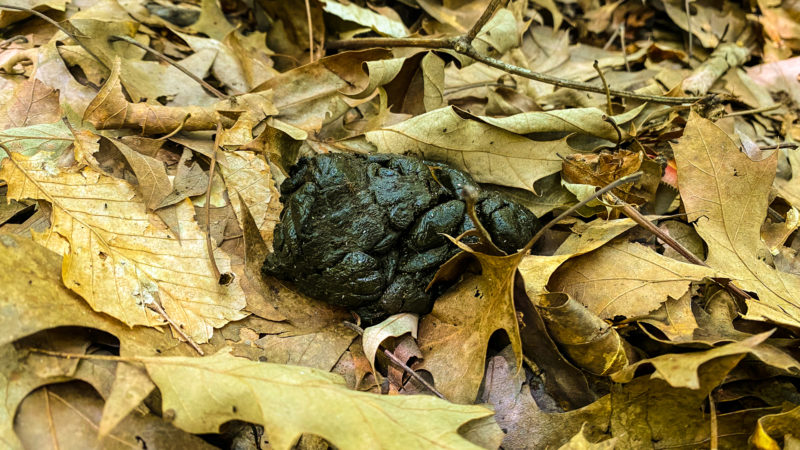
Stay Close to the Ladies
As stated above, doe sign should not be taken for granted at this time of year. You want to know where the ladies are now more than ever. This phase of the rut finds bucks on the move looking for those first does of the season to enter the estrous cycle.
So if you can find where the does are hanging out, you can bet the bucks won’t be far behind. Granted, the majority of the bucks running around like mad men will be the young bucks. But the big bucks will be on the move as well now if they get the slightest hint of a doe in estrus.
Remember, a buck can smell an estrous doe from incredible distances. That’s what this seeking phase is all about. He’ll be on the move looking for that first doe of the season.
Do your homework. Find where the doe groups are hanging out. Where are they feeding in the evenings? Where are they returning from at first light? And what thickets are they hiding out in throughout the day?
Find the answers to these questions and you’ll have the perfect ambush location to hang your stand.
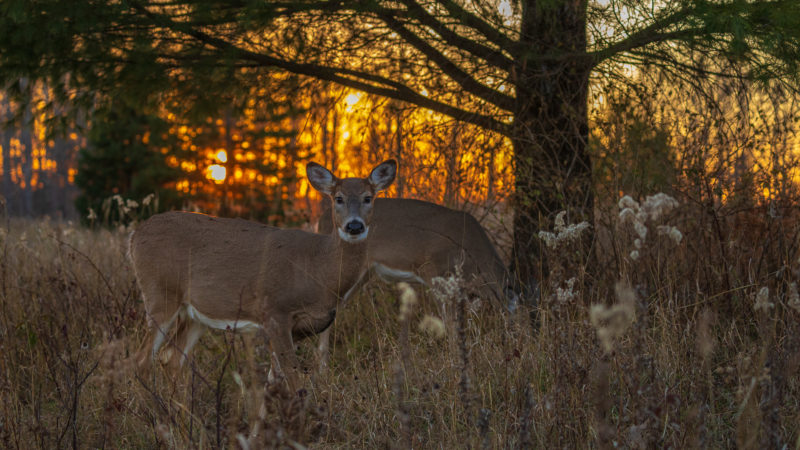
Dive Into the Thickets
If/when you’ve done your homework and located the thick stuff the local deer population prefers to hang out in for security cover, now is the time to dive in deep and catch a buck cruising these areas.
Hunters often stay out of these location in the early season, saving such spots for the rut. And understandably so. But now it’s time to move in tight. Dive into the thick of things and have a variety of treestand options around these thickets and bedding areas.
No, you don’t have to blow up in the middle of them. You can efficiently get the job done with a well-place stand on the on the fringe. The size of the location, and wind direction, will determine what you can get away with when moving in tight. They key is to be there when the does are hanging out there and have the shooting lanes and shot opportunities to make it happen.
Key in on the Connectors
Watch deer patterns long enough and you’ll realize deer are creatures of habit. They’ll travel the same topographical features over and over again throughout their lifetime.
These patterns seem to be imprinted on the generations of deer that follow. That’s why historical honey-holes are so effective. It’s not just a lucky spot. It’s a saddle, a bottle neck, pinch point, creek crossing, or edge feature that connects deer from where they are, to where they want to be next.
You’ll always kill deer in such spots. You can find all the sign you want, but do you know the main travel routes and connectors that bucks will use to cruise the property?
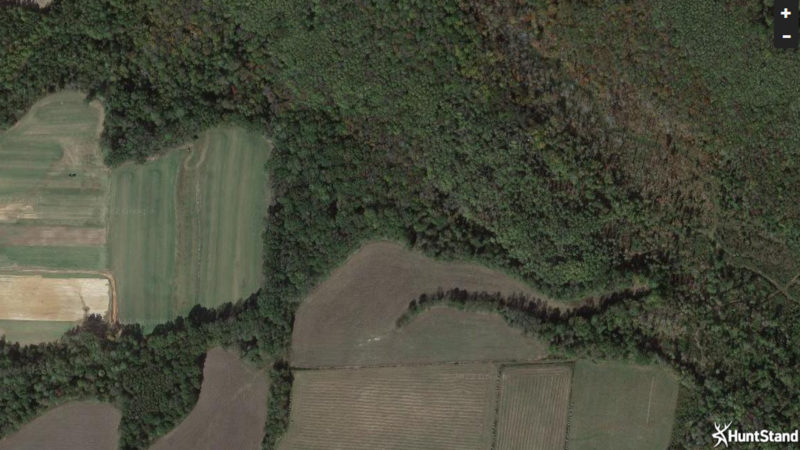
These historical locations allow bucks to maximize their travel efforts and cover the most ground, quickly and efficiently, in their search for does. These locations are easily identifiable with the use of a hunting app that displays an aerial view of the property.
They are the locations, that connect A to B. And if you want to punch your tag, you better be sitting in the connector that runs between.
Killing deer with your bow comes down to being in the right place at the right time. And while we write off some opportunities as mere luck, the truth is, positioning plays a role in the ultimate outcome.
If you’ll position yourself according to the plan laid out above, you’ll up your odds for success during the seeking phase of the whitetail rut, year after year.

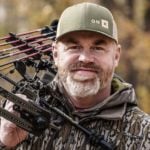 By
By 